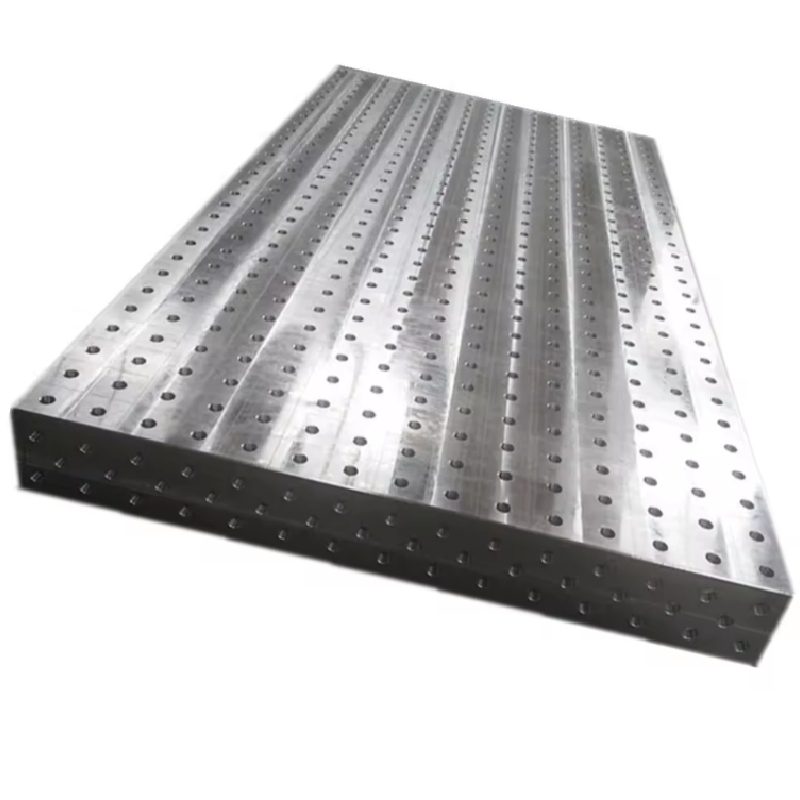नोव्हेंबर . 18, 2024 23:34 Back to list
How to Properly Adjust a Micrometer for Accurate Measurements
Adjusting a Micrometer A Step-by-Step Guide
A micrometer is an essential precision instrument used for measuring small dimensions with great accuracy. Whether you're working in a machine shop, laboratory, or workshop, being able to accurately adjust and read a micrometer is fundamental to achieving desired outcomes in your projects. This article will provide a step-by-step guide on how to properly adjust a micrometer.
Understanding the Micrometer
Before delving into adjustments, it’s important to understand the components of a micrometer. A standard micrometer consists of a frame, a spindle, an anvil, a ratchet mechanism, and a thimble scale. The spindle and anvil create a measuring gap, while the thimble displays the measurement on a graduated scale. The typical range of most micrometers is 0-25 mm or 0-1 inch, and they can measure dimensions with precision up to 0.001 mm or 0.0001 inch.
Step 1 Inspect the Micrometer
Before adjusting a micrometer, inspect it visually to ensure there are no visible damages or debris. Clean the measuring surfaces—both the spindle and anvil—using a soft cloth to remove any particles that might affect accuracy.
Step 2 Check Calibration
To ensure accuracy, always check the calibration of your micrometer. Use a standard gauge block or slip gauge that closely matches the expected measurement. Close the micrometer around the gauge, ensuring a snug fit without excessive force. Once adjusted, read the measurement displayed on the thimble and compare it to the known value of the gauge. If there's a discrepancy, it may be necessary to calibrate or adjust the micrometer.
adjusting a micrometer

Step 3 Adjusting the Micrometer
If adjustments are needed, locate the calibration screw, often found on the end of the micrometer. If using a digital micrometer, consult the user manual for specific adjustment instructions. For mechanical micrometers, carefully turn the calibration screw, usually in small increments, to align the reading correctly.
Step 4 Testing After Adjustment
After adjusting the micrometer, conduct a test measurement using the same gauge or a different one. Repeat this process until the micrometer accurately reads the correct dimensions. This step is crucial, as an improperly adjusted micrometer can lead to significant measurement errors, affecting project quality.
Step 5 Regular Maintenance
Finally, maintain your micrometer regularly. Store it in a protective case when not in use, and avoid exposing it to extreme temperatures or humidity, which can cause expansion and contraction, leading to inaccuracies.
In conclusion, adjusting a micrometer requires careful attention to detail and a clear understanding of its functions. Proper maintenance and periodic checks will ensure its longevity and accuracy, enhancing your ability to achieve precise measurements in your work. With practice, using a micrometer can become an intuitive and valuable skill.
-
thread-plug-gauge-our-promise-of-measurement-excellenceNewsAug.22,2025
-
gauge-pin-class-reflecting-quality-legacyNewsAug.22,2025
-
check-valve-types-for-high-rise-buildingsNewsAug.22,2025
-
water-control-valve-for-irrigation-systemsNewsAug.22,2025
-
gate-valve-with-soft-seal-technologyNewsAug.22,2025
-
y-type-strainer-for-oil-and-gas-applicationsNewsAug.22,2025
Related PRODUCTS









